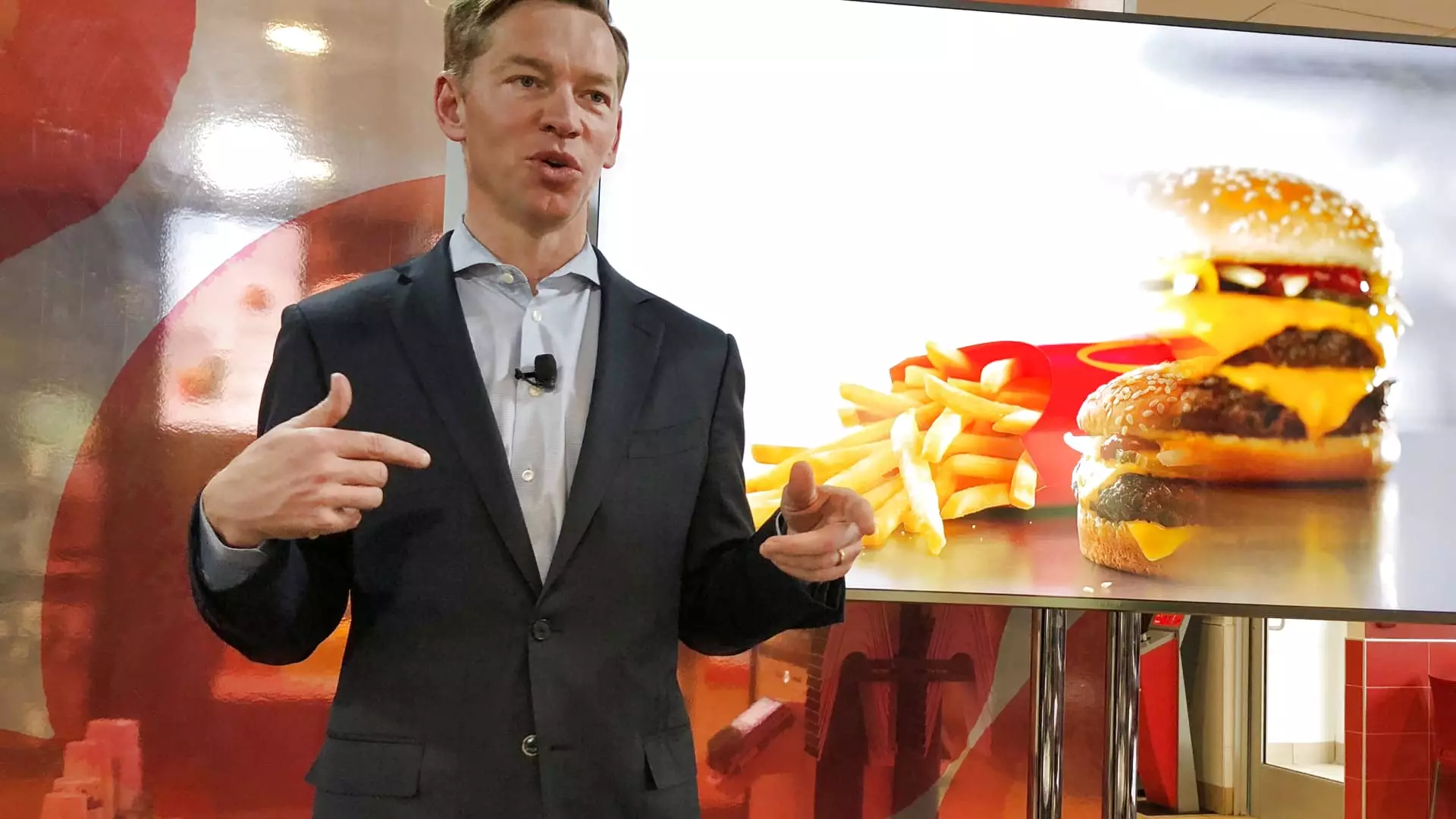In recent weeks, McDonald’s has found itself embroiled in a public health crisis following a deadly outbreak of E. coli linked to its popular Quarter Pounder burgers. The fast-food giant’s CEO, Chris Kempczinski, assured investors and the public during a recent earnings call that the worst of the situation seems to be behind them. This article delves into the company’s response to the outbreak, the implications for consumer trust, and the road to recovery as it seeks to rebuild its reputation.
Immediate Reactions to the E. Coli Outbreak
The outbreak affected dozens of individuals, elevating concerns around food safety in the fast-food industry. Reports of illnesses spread quickly, and health authorities flagged the Quarter Pounder as the potential culprit. Although tests on the beef patties were found to be free of the harmful bacteria, the spotlight turned to the slivered onions supplied to the restaurants. In light of this, McDonald’s acted swiftly: they pulled the Quarter Pounder from their menu in about 3,000 locations, while launching an investigation into the onion supplier.
This suspension had an immediate financial impact, as consumer sentiment dipped sharply. The CFO indicated that shortly after the news of the outbreak became public, sales and traffic to U.S. restaurants took a significant hit. The swift nature of the consumer response underscores the volatile relationship between public perception of food safety and fast-food dining, an area where McDonald’s has historically thrived.
In a bid to control the situation, McDonald’s has since focused on reassuring customers that their safety is a priority. Kempczinski expressed regret on behalf of the company, acknowledging the adverse effects on those affected by the E. coli cases. His heartfelt apology is a crucial step in a public relations strategy aiming to mitigate growing concerns surrounding the brand.
To avoid further damage, McDonald’s is proactively distancing itself from the implicated onions, cutting ties with the supplier until a thorough investigation can justify its safety. Notably, even as the company re-introduces the Quarter Pounder to its menu, around 900 locations will serve the item without slivered onions, a decision that reflects an understanding of consumer apprehensions.
Despite the incident, McDonald’s reported that its third-quarter U.S. same-store sales increased by 0.3%. This uptick indicates a slight recovery following a much darker second quarter where sales declined. However, the figure falls short of analyst expectations, signaling the ongoing struggle within key international markets.
The drop in share price occurred in tandem with initial reports of the outbreak but subsequently rebounded during the earnings call, highlighting the fragility of investor sentiment tied to public health crises. Moving forward, the company has its sights set on restoring momentum by banking on successful menu items such as their $5 value meal and the recently launched Chicken Big Mac.
As the outbreak recedes, the primary concern for McDonald’s will be re-establishing consumer trust. CEO Kempczinski’s commitment to making things right reflects an industry-wide acknowledgment that corporate responsibility and transparency are paramount in food safety matters. Coupled with formal accountability measures and ongoing quality assurances, McDonald’s must actively engage with its customer base to rebuild its reputation.
The recent lawsuits filed by outbreak victims are a further reminder that trust can take time to restore. Legal complications aside, McDonald’s must navigate the long-term repercussions of this incident. How it handles communications and consumer relations will likely shape public perception for years to come.
While McDonald’s is making strides to move beyond the E. coli outbreak linked to its Quarter Pounder burgers, the challenge remains to overcome the lingering effects of the public health scare. Continuous vigilance in food safety, consumer engagement, and adaptive marketing strategies will be essential as McDonald’s aims to bolster its image and re-capture the hearts—and stomachs—of its loyal customers.

